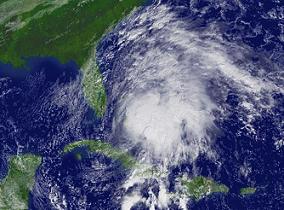This number is higher than the historical average in the period 1991 to 2020, which is 14, the Forecast Center of the Institute of Meteorology of Cuba informed.
The warming of the sea, observed in the tropical Atlantic throughout the season could be a cause of the number of reported phenomena.
This behavior is atypical since the El Niño/Oscillation event tends to depress cyclonic activity in the North Atlantic basin, which also includes the Gulf of Mexico and the Caribbean Sea.
It favors the establishment of strong winds from the southwest in the upper atmosphere, the so-called vertical shear.
“These winds tend to obstruct, to a large extent, the emergence and intensification of tropical cyclones by preventing the energy from concentrating in the air column of the system at high altitude,” the head of the entity, Miriam Teresita LLanes, said, as quoted by Granma newspaper.
Don, Franklin, Idalia, Lee, Margot, Nigel, and Tammy reached the hurricane stage out of the 19 tropical storms formed in the 2023 season, three of them were of great intensity: Franklin and Idalia, category four on the Saffir-Simpson scale, out of a maximum of five, and Lee, the only one of category five.
 Escambray ENGLISH EDITION
Escambray ENGLISH EDITION





Escambray reserves the right to publish comments.